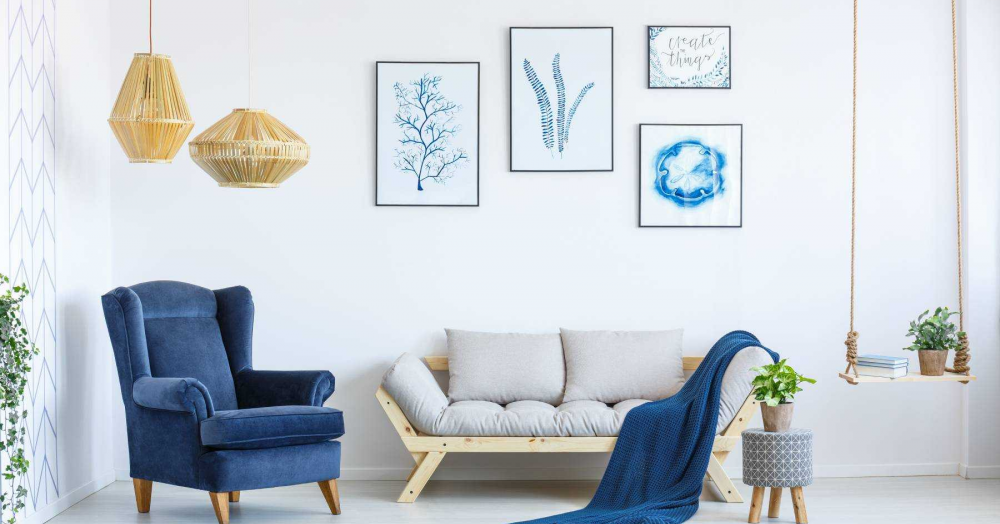When a tenancy comes to an end, the property is a little worn out and needs a fresh coat of paint. This not only prepares the house for the new tenants but also maintains the property’s overall upkeep.
But who is responsible for this, those who reside in the property or the landlord? Typically it is the landlord’s responsibility to decorate after the tenancy is over. However, the rental agreement will state whether decorating, touch-ups, and other cosmetic modifications are the tenants’ responsibility throughout the year.
Read on to find out who is responsible for decorating a property between occupants and whether decorating, in general, can be handled by the tenant as part of their agreement.
Do landlords have to decorate their rental property between tenants?
Simply put, it’s the landlord’s responsibility to decorate and attend to the overall maintenance of the property once the tenancy is over. If you look deeper, however, the rental agreement will state whether decorating, touch-ups, and other cosmetic modifications are the tenants’ responsibility throughout the year.
As a result, in general, it is down to the landlord to decide how and when to decorate the property. If the landlord insists on keeping the house neutral and utilising a specific colour palette throughout, then decorating after the tenancy is most likely the landlord’s preference and responsibility.
What’s popular among landlords is dividing the decorating duties. This is a popular strategy advocated by landlords for determining decorating obligations during and after a tenancy. This could include defining what minor changes a tenant can make during and before they leave the property, as well as what larger modifications would not be approved.
- Small coats of paint
- New curtains
- New lights
- Hanging things on walls
. Striping wallpaper walls
- Renovations
- New flooring
- Extensions/conversions
In retrospect, a landlord simply wants the property to be returned in the same state that it was in when they rented it to you, and if they are satisfied with the property when it is returned to them, everything is ok.
How often do landlords have to decorate their rental property?
There is no time scale for a landlord to remove all of the items of their home and refurbish them. As long as the property is in good shape, the maintenance is up to date, and it is hygienic to live in, it can look the same for the next 15 years.
Of course, if the property looks old-fashioned, outdated, and lacks sparkle, the landlord should consider redecorating, as this may turn off prospective tenants. This, however, is at the discretion of the landlord.
What’s more, it is a popular conception that the landlord should get the paintbrush out of the cabinet around every
three years, although this is not a legal necessity.
Can tenants decorate their rental property?
The majority of landlords choose a neutral looking home. This typically includes a colour palette of magnolia, white, or cream and essentially a blank canvas to make it easily liveable and accommodating for a varied range of tenants. Furthermore, when renting out a property to students, this blank canvas option is the most straightforward solution for the landlord.
That said, this is all well and good for students, but what if the tenancy is for an extended period of time or for a family? There’s nothing wrong with wanting to personalise it with a fresh coat of paint.
If this is the case, you should speak with your landlord about making decorative improvements to the property. If you are in a long-term rental agreement, you may just be able to decorate the property.
Are tenants responsible for touch-ups?
Touch-ups are simple decorative changes that tenants can handle and can be described as a minor adjustment in the leasing agreement. However, this is typically only the case if the touch-ups are performed by a tenant under specific conditions, such as using the same paint.
Furthermore, the landlord may require touch-ups to be completed by themselves once the tenant has moved out and when the property is being prepared for the next group of tenants.
Source: Propertywire
